
If you’re looking to start a freshwater fish tank, this guide is for you. Learn about the size and shape of aquariums, heating and lighting systems, decorations, and water testing. Are you thinking about starting a freshwater fish tank, but don’t know where to begin?
Keeping freshwater fish can be a rewarding and low-maintenance hobby if you have the right information. We’ll also cover selecting compatible fish, buying healthy specimens, feeding schedules, common health issues, and more.
Benefits of Keeping Freshwater Fish
Keeping freshwater fish can be a great way to bring some natural beauty into your home. Not only can having fish as pets provide hours of fascinating observation and entertainment, but it can also be excellent for reducing stress as watching them swim is thought to be quite soothing.

Benefits of Keeping Freshwater Fish
While caring for fish does require some maintenance and upkeep, the effort you put in can help foster a deep connection with your creatures and create an environment that will actively keep the tank at its best for the health of your fish.
- Relaxation and stress relief: Keeping fish can be a calming and meditative experience, and watching them swim and interact can be a relaxing distraction from daily stressors.
- Educational opportunity: Keeping fish can be a great opportunity to learn about different species, their natural habitats, and the science behind maintaining a healthy aquatic environment.
- Low maintenance: Freshwater fish are relatively easy to care for, making them a great option for those who want the benefits of pet ownership without the demanding responsibilities of other animals.
- Variety: Freshwater fish come in a wide variety of species and colors, allowing hobbyists to personalize their tanks and create a unique underwater ecosystem.
- Cost-effective: Setting up and maintaining a freshwater fish tank is relatively inexpensive compared to other types of pets, making it a great option for those on a budget.
Good for mental and physical health: Fish-keeping is a great way to improve mental and physical well-being. Studies have shown that spending time with fish can lower blood pressure, reduce anxiety and depression and boost overall mood.
Choosing the Right Aquarium
Size and Shape Options
Deciding on the right aquarium size and shape can be a challenge for hobbyists; however, this choice is an incredibly important factor in creating a successful, long-term habitat for various fish species.
Given the wide range of sizes and shapes on the market today, it is possible to choose an aquarium ideal for your particular needs. Depending on what type of fish you’re looking to keep and the amount of space you have in your home, there are a variety of options available.
Consider these factors carefully when selecting an aquarium for your home or office; this way, you can ensure that all of your aquatic occupants will remain healthy and vibrant in their new environment.
| Size and Shape | Recommended Fish | Suitable for |
| Small (1-5 gallons) | Betta, Neon Tetra, Guppy | Desk or tabletop |
| Medium (10-20 gallons) | Angelfish, Gourami, Platy | Bedroom or living room |
| Large (20-50 gallons) | Cichlids, Barbs, Danios | Dedicated fish room or living room |
| Extra-Large (50+ gallons) | Oscar, Arowana, Discus | Dedicated fish room or living area |
| Rectangular | Most fish species | Any room |
| Hexagonal | Most fish species | Any room |
| Bowfront | Most fish species | Any room with a view |
| Corner | Most fish species | Any room |
Note: The above table is just a basic guide and depending on the species and the number of fish you keep, the tank size may vary. Also, the shape of the tank may not always be the only deciding factor when choosing the right aquarium, other factors such as location, size of the room, and budget should also be considered.
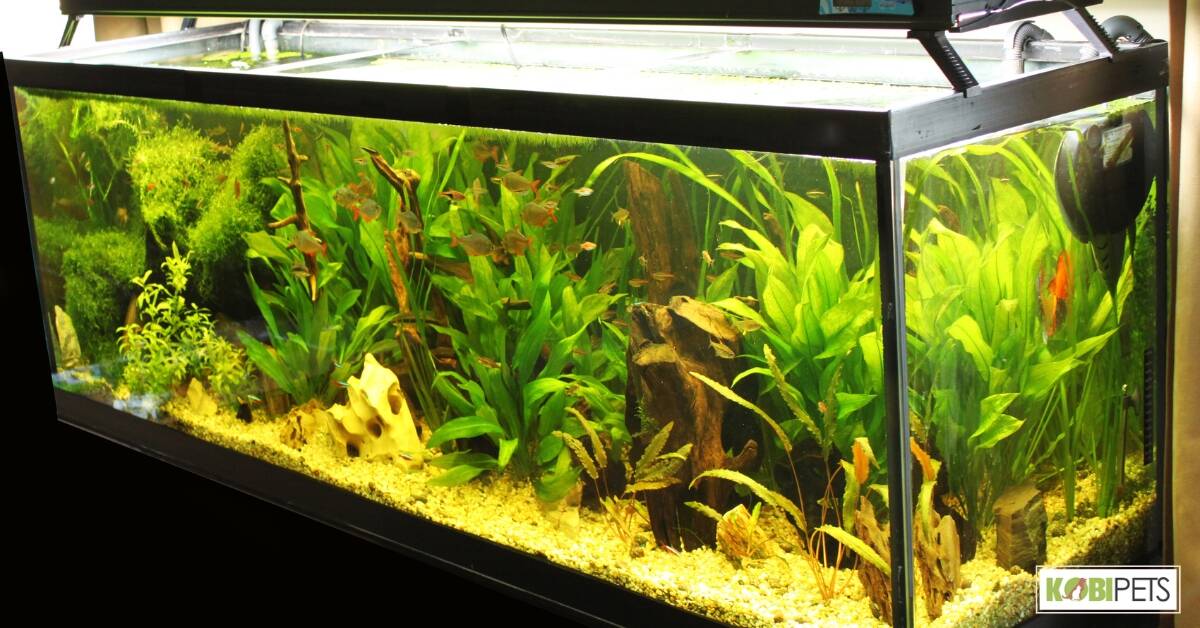
Heating, Lighting, and Filtration Systems
When choosing an aquarium, it is important to consider the heating, lighting, and filtration systems required for the type of fish and plants that will be living in the tank.
- Heating: Most tropical fish require a water temperature between 72-78 degrees Fahrenheit, so a heater will likely be necessary.
- Lighting: Different types of fish and plants have different lighting requirements. For example, live plants will need a source of full-spectrum light to photosynthesize, while certain types of fish require low levels of light.
- Filtration: A good filtration system is essential for maintaining water quality and removing waste products. There are several types of filtration systems available, including biological, mechanical, and chemical filtration. It is important to choose the right filtration system for your aquarium based on the number and type of fish, as well as the size of the tank.
It is also important to keep in mind that, the bigger the tank, the more maintenance it will need, especially in terms of water changes, filtration, and lighting.
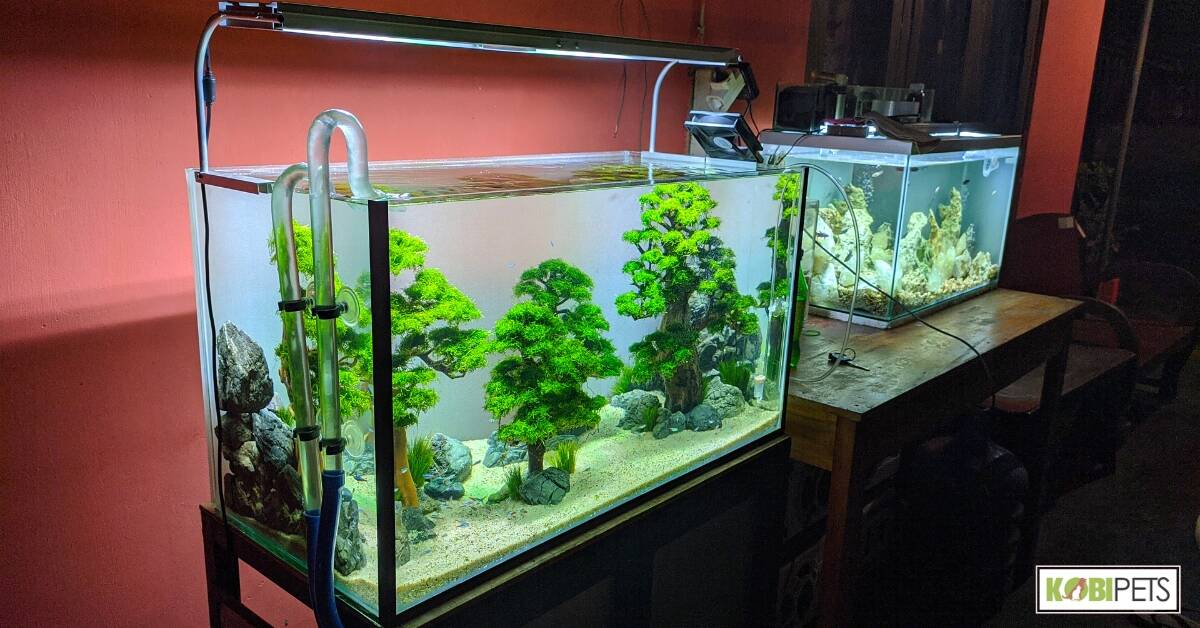
Decorations for the Aquarium
Decorating the aquarium is an important part of creating a home for your fish, but there are a few key points to consider. First, it is important to look into compatibility between species of fish and plants in order to ensure they will coexist peacefully within the tank.
For example, certain plants can cause irritation and discomfort for certain species, while also possibly consuming too much oxygen and water. Second, size matters! Be sure to research the particular species living in the aquarium and their habitat requirements so that they have plenty of space.
Finally, don’t forget small details like caves, rocks, or other decorations — these can provide stimulation for your aquatic inhabitants and minimize aggression among different species.
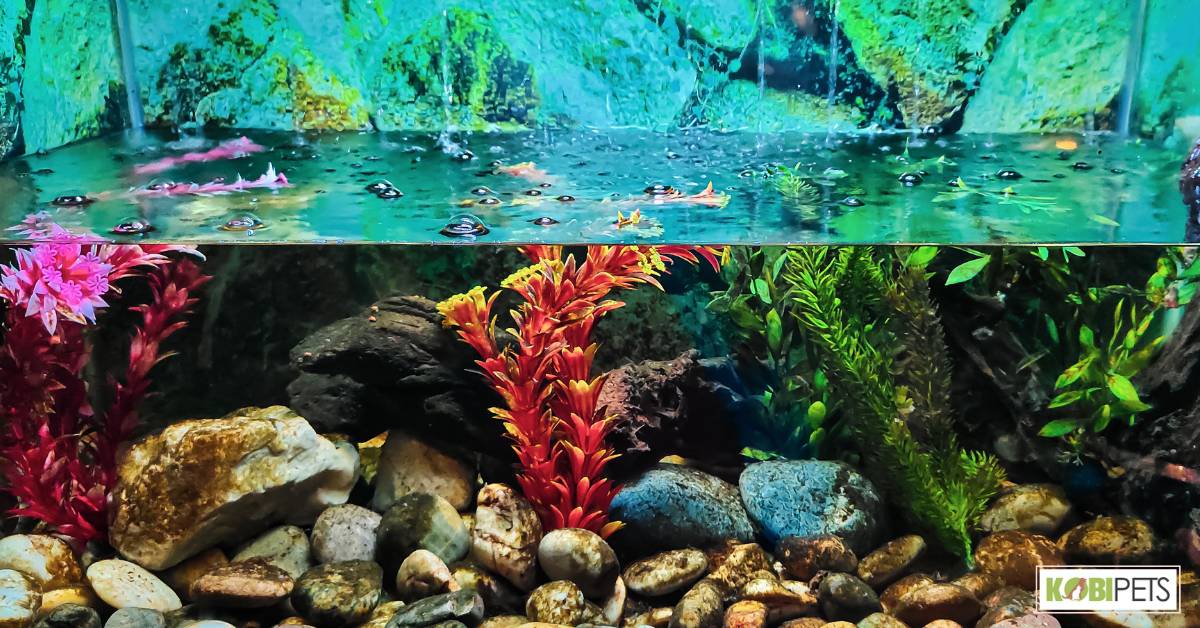
Testing the Water
Choosing the right aquarium is a balancing act between providing a safe environment for fish and other aquatic creatures while also ensuring a visually pleasing display. To make the proper selection, it is important to test the water with a pH kit to ensure compatibility with the type of fish or other aquatic creature you plan to place inside.
Doing so will help you access factors such as water hardness and alkalinity, along with the aforementioned pH level, that can increase or decrease your chances of successfully keeping more sensitive species in their new habitat.
Acquiring trustworthy aquarium testing kits that provide accurate results is key when assessing these parameters; this way, you will be sure that your tank meets all requirements.
Finally, establishing a regular water testing routine will save you time by allowing you to determine whether any adjustments need to be made quickly and before any major issues arise.
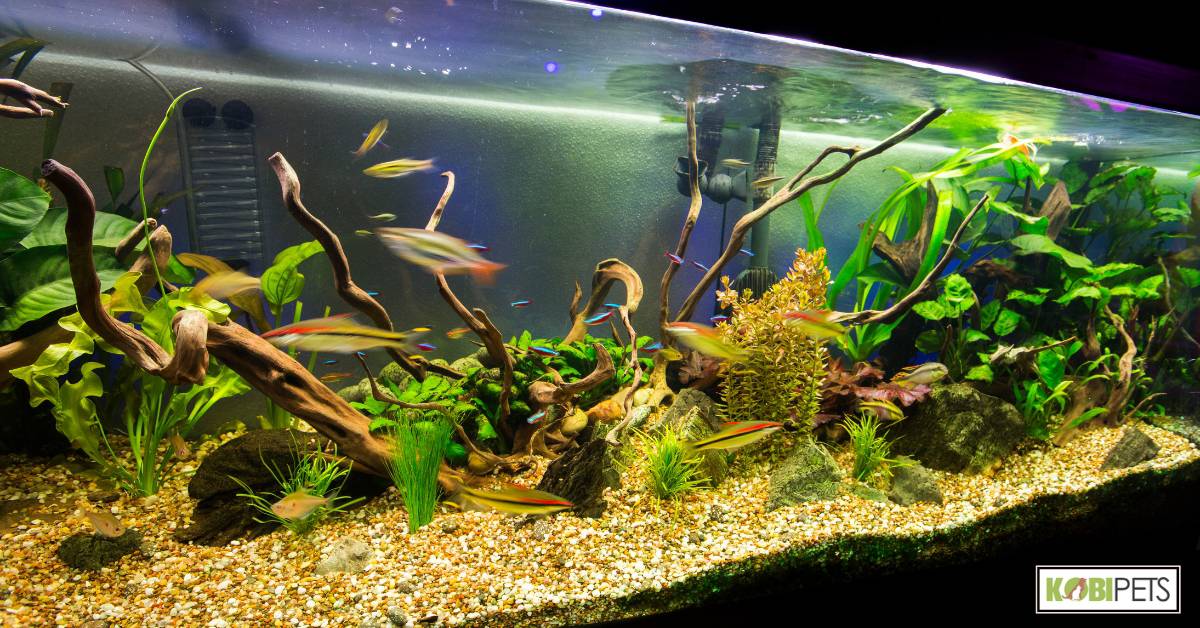
Selecting Freshwater Fish
Types of Fish to Consider
Selecting the right fish for an aquarium can seem overwhelming given the vast array of species available in the freshwater category. Knowing what type of environment and diet to provide for different types of fish is essential for choosing a compatible group that will thrive in its new ecosystem.
There are many different types of freshwater fish to choose from when setting up a new aquarium. Some popular options include:
- Guppies: These small, colorful fish are hardy and easy to care for, making them a great choice for beginners.
- Neon Tetras: These small, brightly colored fish are also easy to care for and make a great addition to a community tank.
- Angelfish: These large, elegant fish are a popular choice among experienced aquarists. They require a larger tank and a high-quality diet.
- Bettas: Also known as Siamese Fighting Fish, Bettas are known for their vibrant colors and long fins. They are relatively easy to care for but should be kept in a separate tank as they are known to be aggressive.
- Cichlids: These fish are known for their bright colors and interesting behaviors. They come in many different species and can range from easy to hard to care for, depending on the species.
- Goldfish: These fish are hardy and easy to care for, and come in a variety of colors and shapes. They are a popular choice for beginners but do require a larger tank as they grow.
- Shrimp: Freshwater shrimp are a great addition to an aquarium, they are hardy and easy to care for, and come in a variety of colors. They can also help keep the tank clean.
It’s important to keep in mind that, not all fish are compatible with each other and they have different requirements, such as water temperature, pH levels, and tank size. Researching the specific needs of the fish you’re interested in will ensure that you provide the appropriate environment for them to thrive.
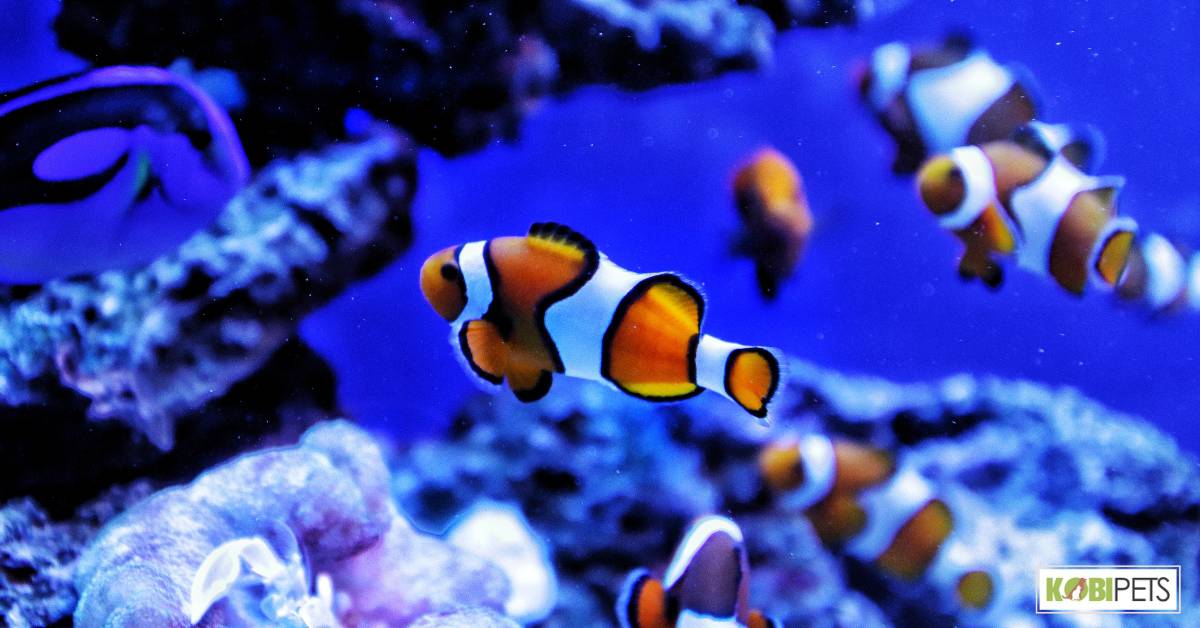
Compatibility Between Species
Compatible freshwater fish species can create a balanced and healthy aquarium ecosystem. When selecting types of fish, it is important to keep in mind the different species’ sizes, behaviors, and water requirements.
Having compatible freshwater fish living in harmony with one another ensures that no single species will become overcrowded or stressed. Additionally, some fish species will act as predators in aquariums if not surrounded by the appropriate tankmates.
A careful selection process of compatible fish species is essential for creating a thriving ecosystem in any freshwater tank.
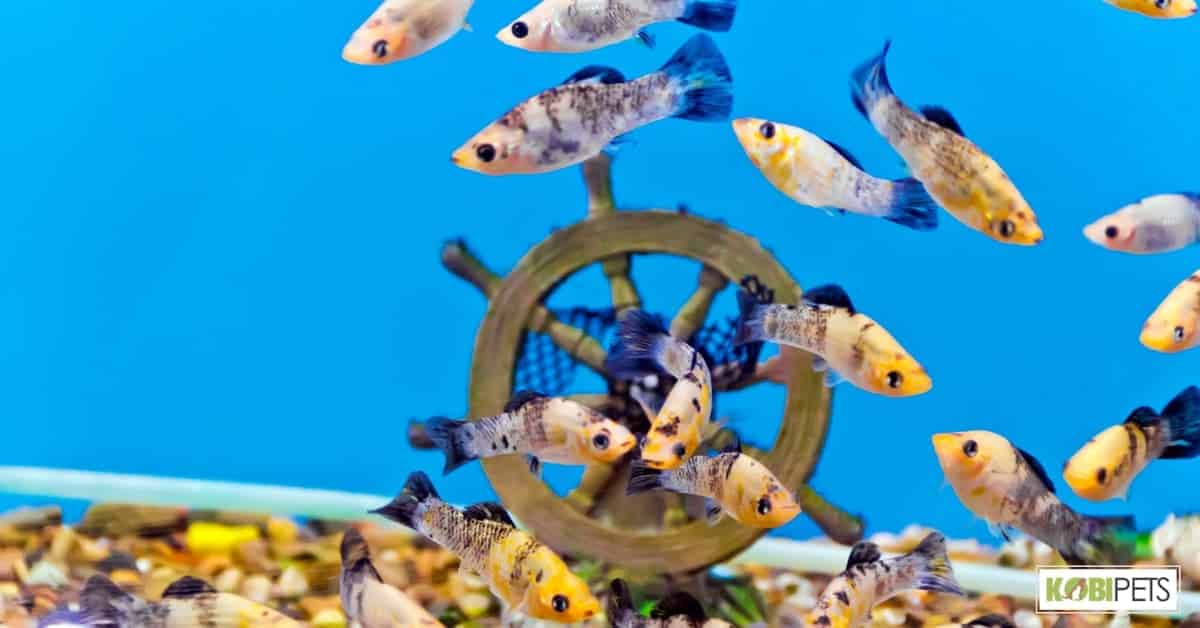
Buying Healthy Fish
When selecting freshwater fish to buy, it is important to be aware of a few key things that can help ensure they are healthy.
- Research the fish before purchase, to identify the signs and symptoms of any illnesses or diseases associated with the species.
- Examine the fish for signs of sickness in its fins or color change which could indicate it has been stressed from an unhealthy environment.
- Always look for clear eyes and an active swimming motion; this will show that the fish are lively and healthy.
Taking these steps when buying any type of freshwater fish can give you peace of mind that your new pet will be able to live a happy life in your tank.

Introducing New Fish to the Aquarium
Selecting the right freshwater fish for your aquarium requires thoughtful consideration. Start by researching the types of fish that are compatible with other species already in the tank and that can co-exist peacefully within the same environment.
Many aquatic stores provide helpful information about available fish, along with tank requirements and other useful details. As a responsible aquarist, it’s important to create a balanced underwater ecosystem with compatible species of various shapes and sizes.
Make sure that when you introduce a new species to your tank you quarantine them first, thus preventing any potential contamination or spread of disease. Tankmates should be chosen wisely; remember, an overcrowded aquarium is never an ideal setting for any fish.
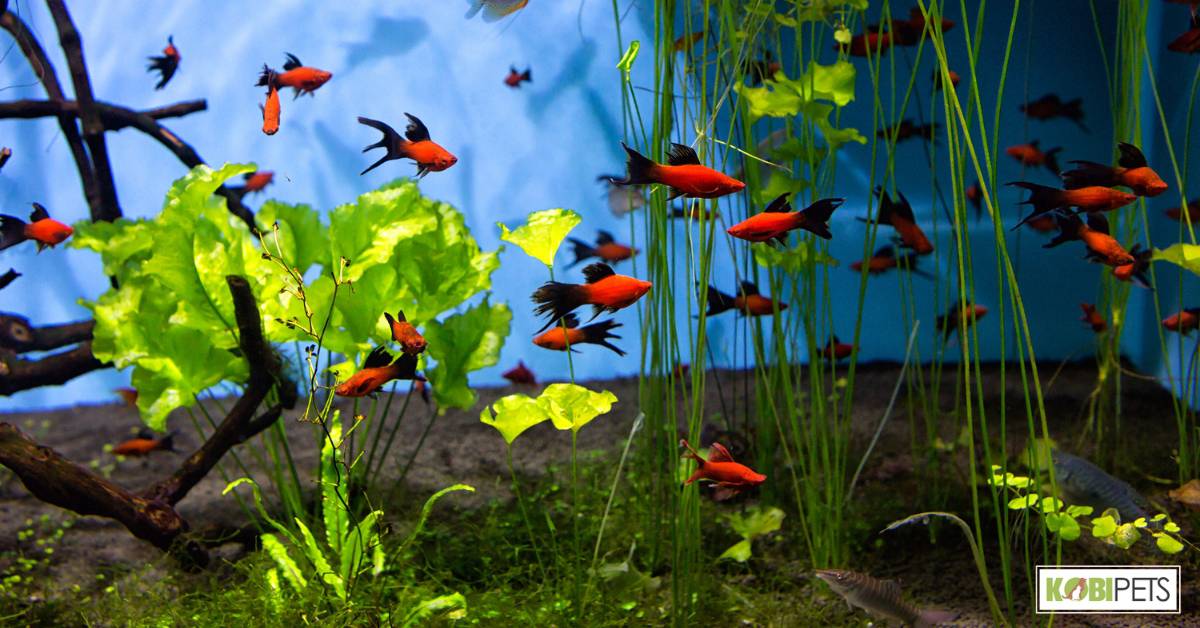
Feeding and Care
Feeding Schedule and Types of Food
When keeping freshwater fish, it is important to establish a regular feeding schedule and to provide a balanced diet. Most fish should be fed once or twice a day, with a small amount of food that they can consume within a few minutes.
It’s best to avoid overfeeding, as excess food can lead to water pollution and health issues for the fish.
The types of food that you provide will depend on the specific species of fish you have in your aquarium. Some common options include:
- Pellets or flakes: These are widely available and can be used to provide a balanced diet for most freshwater fish. They can be made from a variety of ingredients, such as fish meal, plant matter, and vitamins.
- Frozen or live food: Some fish, such as cichlids and goldfish, may prefer frozen or live food. Options include worms, brine shrimp, and bloodworms.
- Vegetables: Some fish, such as plecos, will eat vegetables like blanched spinach or lettuce.
It is also important to vary the diet of your fish, as this can help to prevent nutritional deficiencies and keep them healthy.
It is important to note that some fish have specific dietary needs, for example, some fish are carnivorous and some are herbivorous. So, you should be careful when choosing food for your fish. Also, you should avoid feeding them human food as it can cause health issues.
In addition to feeding, you should also clean the tank regularly, to remove any uneaten food or waste products, which can cause water pollution and affect the health of your fish.

Water Maintenance and Testing
When selecting freshwater fish, it is critical to understand and perform proper maintenance on the aquarium’s water. Testing and monitoring of the water’s regularity help ensure a healthy environment for the underwater dwellers.
As water parameters fluctuate from tank to tank, always check the compatibility of your chosen fish with your specific water test readings to prevent any potential issues or deaths. Routine weekly testing can help maintain in parameters like ammonia, nitrites, nitrates, and pH levels which are essential for aquatic life survival.
Furthermore, if you decide on a saltwater tank setup, be certain to use water conditioners or salt mixes that are suitable for that type of tank as well. Taking care of these crucial steps will ultimately provide an environment where your fish can thrive!
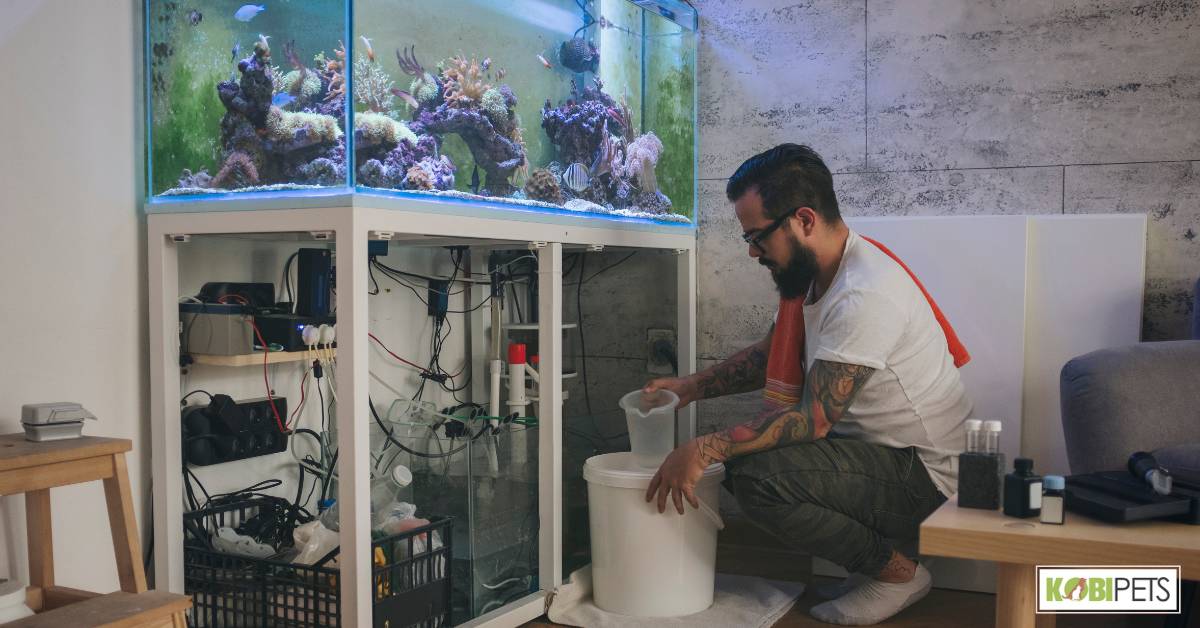
Understanding Common Health Issues and How to Prevent Them
Knowing which common health issues to watch for and how to prevent them when selecting freshwater fish is an important part of cultivating a healthy aquarium.
Before bringing any new fish home, it’s a good idea to observe the stock at the store; look out for any lumps or lesions on the fish’s body, changes in their swim pattern and abnormal breathing as these may indicate a disease spreading among the tank inhabitants.
Once you’ve chosen your healthy-looking fish, keep it in quarantine for two weeks before introducing it into your aquarium community. During quarantine, make sure to inspect the chemical levels in the water, keep up on regular cleanings of the tank itself, and most importantly–handle it with care.
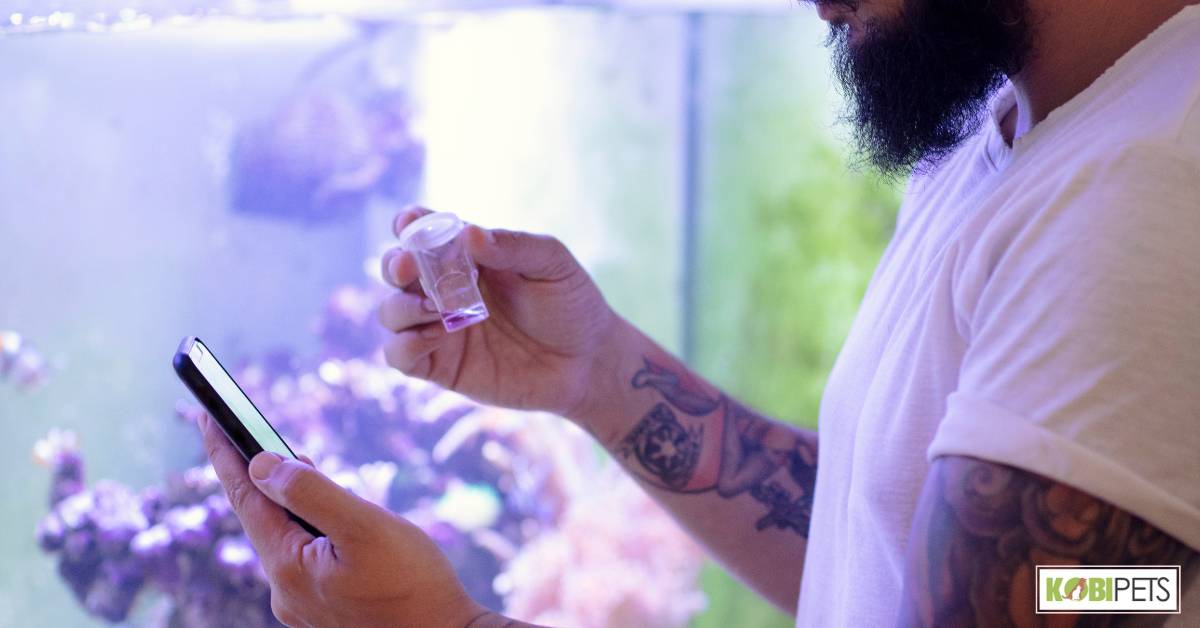
In Conclusion
Setting up a freshwater aquarium can be an exciting and rewarding experience. By following the tips outlined in this article, you will be sure to have a successful start with your new tank! It is important to take the time to research fish compatibility, water parameters, and health issues before bringing any new fish home.
Furthermore, establishing a regular maintenance routine for cleaning and testing the water, along with proper feeding, will help ensure your tank is healthy and thriving.


